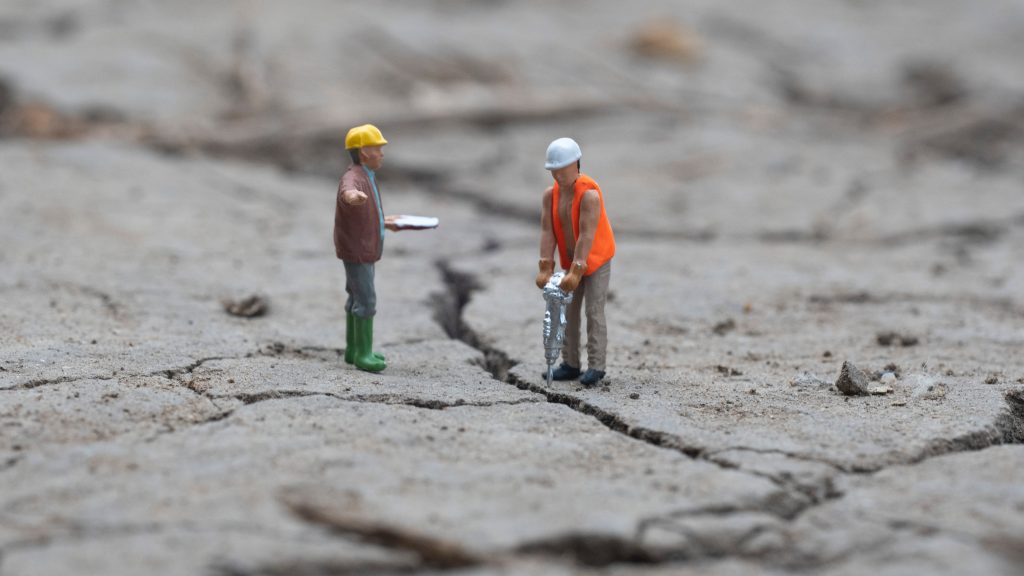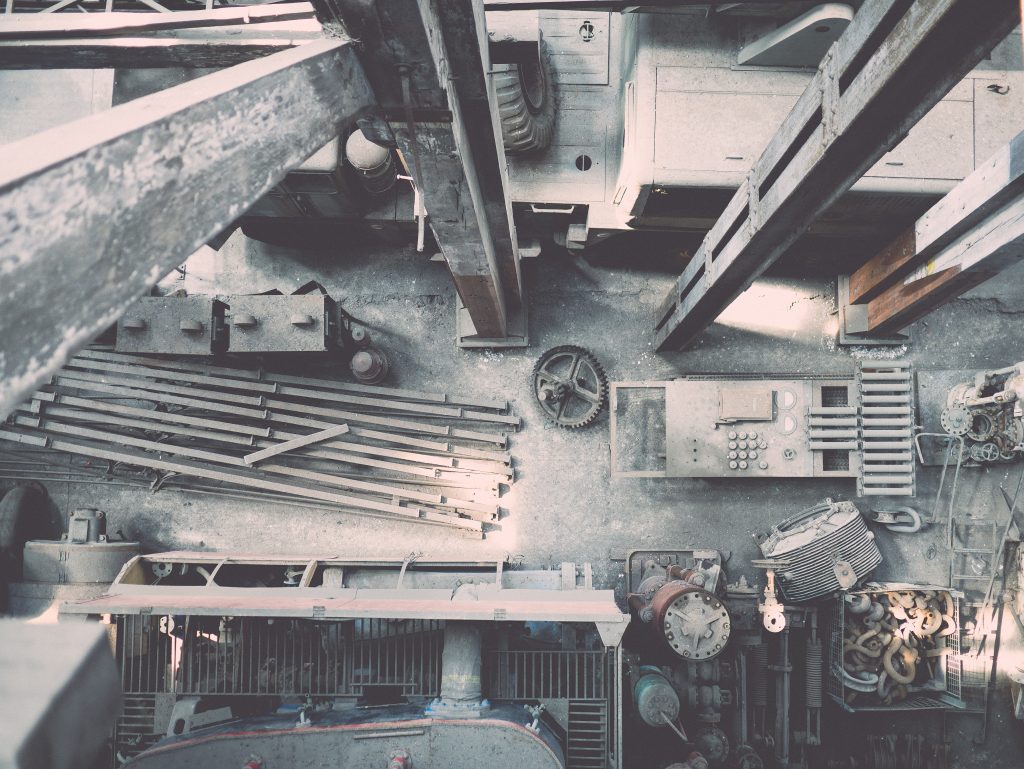The sector of construction, which is a significant agent in the preservation of the environment, is changing its course to a sustainable future. The once widespread approach to demolishing buildings and concrete removal by sending them to landfills is no longer the main trend, being now replaced by environmentally friendly ideas that allow not only to reduce the damage but also to reuse of wasteful concrete as an asset. This investigation seeks to illuminate the ways, advantages, issues, and prospects of concrete recycling proving that this trend guides construction towards sustainability and ecology in the future.
Concrete is a material that we are highly likely to encounter in our environment. Nonetheless, its manufacture has long been associated with grave environmental implications. Raw materials extraction, particularly, sand and gravel are resources the mining of which produces adverse effects on nature; coupled with creating more exhaust throughout the cement production process. Concrete recycling becomes a vital solution to combat these environmental problems by redirecting the demolition waste from landfills and reusing it for other purposes.
Methods of Concrete Recycling
The practices involved in concrete recycling are various and contribute to the effective repurposing of demolition waste for creating opportunities that emerge as strategies of reuse-based sustainable solutions.
Crushing, Screening, and Concrete Pavement Recycling
Special equipment is used in the process of crushing concrete obtained through demolition works from the structure. This eliminates the reduction of the material into smaller and relatively manageable parts. Later on, screening stages are designed where crushed concrete is sorted according to its sizes and known to undertake the process of contaminants’ elimination.
In that way, existing concrete pavements can be recycled in place and there is no need for massive excavation results. The process entails breaking the old pavement, crushing it, and using crushed material as a base for new pavements thus, lessening the requirement for fresh aggregates.
Reclaimed Aggregate Usage and Reclaimed Water
Recycled concrete aggregates (RCA) are acquired by crushing leftover and demolished structures made of concrete. These aggregates are cheap as they use municipal waste and can be substituted for natural aggregate in new concrete mixes.
The water consumed in the recycling process of concrete can be treated for reuse. Moreover, all these help in reducing the environmental footprint of construction and also make lesser need for fresh water saving at the same time.
Benefits of Concrete Recycling
Several benefits arise out of concrete recycling; possibilities not only go beyond environmental concerns but also include waste reduction, cost reduction, and energy-efficient systems.
Environmental Conservation and Waste Reduction
The first advantages are based on the fact that it serves to reduce demand for the extraction and processing of natural resources such as sand and gravel. There’s also the fact that through using concrete waste over and over, the industry comes to the point where it tries to minimise its environmental impact on the extraction of these materials.
The recycling of concrete contributes greatly to reducing the amount of waste from construction and demolition that goes into landfills. This not only reduces the environmental impacts of landfill disposal but also meets the concern about limited landfill area.
Cost Savings and Energy Efficiency
The use of recycled concrete aggregates can be cheaper compared to the acquisition and processing of natural aggregates. Furthermore, concrete recycling minimises or eliminates the costs of disposing of waste in landfills.
Production of concrete from recycled materials is more energy efficient than making traditional concrete. This reduction of energy needed for construction means that less carbon dioxide is produced, contributing to reducing the overall environmental footprint of the projects and therefore aligning with what occurs globally in sustainable practices.
Challenges in Concrete Recycling
Concrete removal recycling has numerous benefits that are difficult to ignore, but it is not an easy process and brings along some issues in utilising such materials on a full scale.
Contamination Concerns and Lack of Standardisation
For instance, problems stemming from the contamination of recycled concrete with rebar as well as other stuff have always posed challenges to effective recycling. To solve the contamination problems, it is necessary to have “advanced sorting technologies and a very rigorous quality control” (NPR).
Broad acceptance of recycled concrete aggregates could be limited by unstandardised standards. The development of common standardisation guidelines can contribute to increased trust within the industry by boosting confidence in the quality of recycled materials.
Infrastructure and Technology Investment
For some industries, upgrades of existing facilities and purchases of advanced recycling technologies can be a barrier. Therefore, to eliminate these challenges and stimulate the investments needed for infrastructure and technology, collaborative efforts between governments and private sectors are mandatory.
Future Prospects and Innovations
Concrete recycling will continue to improve and advance soon, thus charting its course in the construction industry.
Technological Advancements and Regulatory Frameworks
There are emerging technologies in recycling that can be used to increase the efficiency and effectiveness of concrete recycling. With advanced crusading techniques to better sorting technologies; recycling holds a bright future of being efficient and fast.
Advocacy should be made for stronger regulations that provide support for the recycling of concrete. By looking at successful models of government policy that drive recycling behavior through incentives and mandatory practices, a roadmap can be derived for the creation of sound regulatory frameworks.
Collaboration and Awareness
Encouraging cooperation among the participants in the construction industry on concrete recycling is vital if such a disposition of waste is to be widely used. Raising awareness of the importance of concrete recycling for builders, developers, and the common public creates a phenomenon of sustainable culture in the industry.
This is a pivotal strategy in converting demolition waste into sustainable resources. The recycling of concrete sounds to be the pinnacle behind this development process. The fact that this process eliminates the disposal of concrete into landfills and has environment, cost-saving, and energy-saving advantages, highlights why this is important to be considered by both stakeholders and those concerned about the environmental impacts of their buildings.
However, despite challenges, further research on concrete recycling accompanied by technological advancements and collaborative efforts among the industry players has shaped a future in which concrete recycling will play a pivotal role in creating an environmentally sustainable built environment.
In conclusion, concrete recycling is an activity that no longer can be disregarded as merely a good practice, rather it has turned into one of the few lighthouses in sustaining construction sector meaning.



